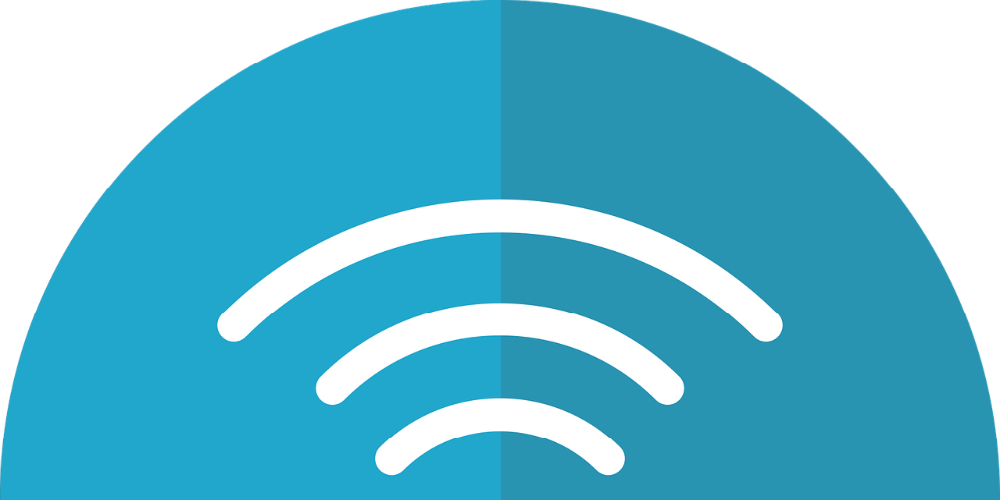How to Set Up Wi-Fi at Your New Home? – 2024 Guide

Moving into your dream home is a big step that requires a lot of preparation. Buying a house in this economy isn’t as easy as it sounds. You have to research extensively to find a neighborhood that has the best schools, the quickest route to your place of work, the lowest crime rate, and the easiest access to communal facilities and utilities. One of the impossible-seeming things you have to do is ensure that your new place of residence has ample internet options. The truth is that you cannot survive without the internet, these days. This state-of-the-art technology powers your personal and professional lives online.
Whether you wish to communicate with your loved ones across the globe, start a business from scratch, order groceries without stepping out of the home, or manage home automation devices from your smartphone remotely, you require a fast and secure in-home network to support your virtual needs and the cluster of data-hungry devices at your disposal. Now, you can go two ways about this. While installing the internet at your new residence, you can stick to the wired LAN system or open a new door of possibilities with Wi-Fi.
Wi-Fi stands for Wireless Fidelity and it is a wireless internet protocol, which gives you hands-free mobility and the ease to connect to the World Wide Web from any corner of your home, regardless of distance. So, how can you set up Wi-Fi in your new home? This guide will walk you through all the right steps you need to follow. Check them out below.
Search for Wi-Fi Providers

First thing’s first. Before moving into your new home, make sure to set up the internet there, so the digital lives of your family aren’t affected by the move, i.e. the kids can continue to take online classes without having to unpack everything, and so on. Begin your search for the internet providers in the target area. Head online to communal forums of the city/state or use ISP-finding tools to get a list of the active ISPs. Talk to the neighbors and hear their reviews about the top companies. Compile the best performing internet services in the locality.
Sign up for a Wi-Fi Plan
Once you have shortlisted the best internet services, compare them deeply. See which provider offers the highest-ranking Wi-Fi speeds, has a ton of pocket-friendly plans, promotions, and discounts in the area are known for reliable delivery and boast of 24/7 customer service for round-the-clock assistance, etc. RCN Wi-Fi is a great option if you’re looking for a network that matches all these attributes. You can get these services by clicking here. When you narrow down your options to a plan that appeals to your requirements the most, then read the terms and conditions, and sign up.
Receive Wi-Fi Equipment

As you sign up for an internet plan in your new neighborhood, you may get the freedom to bring your Wi-Fi equipment, given that it is compatible with the ISP’s service. However, most of the network providers prefer that you use their certified equipment for experiencing a brilliant throughput. The welcome kit you receive at your doorstep from the ISP might include a modem (included for free or on rental), a router, and a few cables and connectors. While subscribing, you can opt for self-installation or hire a professional technician to install the internet for you, which might cost you more, depending on the type of internet you’ve picked. Either way, your modem will be set up and the only thing you’ll have to worry about is the Wi-Fi.
Place Your Wi-Fi Router Optimally
After activating your internet modem, you need to find the best place for your router. A router is the main mechanism, which disperses internet signals wirelessly throughout the house in the form of Wi-Fi. This why you need to place your router in an open, centralized space, so the signals can move in all directions and reach all the devices in the local area network. Don’t put the router inside a cabinet, near the floor, next to a wall or a window, and in the way of another wireless device, like a microwave oven. There should be no obstructions.
Connect Router to Corresponding Devices

Now that the router is positioned optimally in your home, you need to activate it. To do that, turn off your modem. Take an Ethernet cable, which might be a part of your welcome kit. Plug one end of it into the respective port on your modem and the other end into the router’s WAN port. Take another Ethernet cable, and use it to attach any working PC to your router. Next, turn the devices on, one after the other. First, switch on the modem, then the router, and finally, the PC. Wait for the status lights to become stable.
Configure Router Settings
Open the web browser on your computer. Type the router’s IP into the search bar, which might look like this: 192.168.1.1. You can find it in the router’s user manual or on a sticker plastered on the hardware. A web page will open, asking you to enter the username and password. If it is a new router, then the default credentials might be ‘admin’ or anything else specified in the manual. Hit log in.
Activate Wi-Fi Protocol

Have you signed in successfully? Excellent! Now, all you need to do is make a few changes here and there and start using Wi-Fi on your other devices. First, change the network SSID from default to a unique name. Then, change the password. Make sure to set a complicated Wi-Fi key if you don’t want to be hacked or hogged by the neighbors. Using a long string of alphabets, numbers, and symbols is usually a good idea. Next, add the WPA2 encryption standard in the wireless security setting for an extra bit of protection. Disable WPS and change the wireless frequency channel to a less crowded 5 GHz should you wish to. Your call.
Note: Update the wireless adapter settings on your computer to register the new router. Your PC may automatically install the new network drivers, ensuing an instant connection to your Wi-Fi network.
Test Your Connection
Unplug the Ethernet cord from your PC and refresh it. Then, connect another device to the Wi-Fi by selecting its SSID from the list of available networks and entering the new password. It should connect easily, now. Congrats! Your Wi-Fi is all set up and ready to use.
Wrapping Up

Internet connectivity is a must-have in these times. This post shows you how to set up wireless internet access or Wi-Fi at your home, starting from purchasing a plan to testing the Wi-Fi’s strength. Keep this guide close the next time you move to a new home, and you won’t have a problem with installing an advanced in-home network at all!



